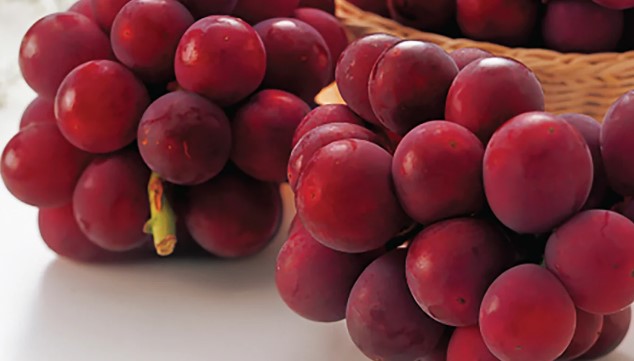Citron (Citrullus vulgaris, var. citroides), a member of the watermelon family, is eaten only in candied form and never raw. It is, however, not the candied citron of commerce (Citrus medica). The trailing vine of citron is almost as vigorous as the watermelon’s, which it resembles. Its round fruit, which is light to dark mottled green, has a hard shell, is eight inches in diameter, and has firm white flesh. (For the commonly called preserving melon or white gourd of India, Chinese- watermelon.)
TYPES AND VARIETIES: There are a great number of varieties. Colorado-preserving citron is a common variety. Citrus medica is a tree fruit.
SOIL AND CLIMATIC REQUIREMENTS: The Citron can be grown in any locality where the growing season is over 90 days long. It does best in warm, but not hot, climates. The best soil is a well-drained sandy loam that will not dry out too much during dry spells. The soil should be well-limited and not too well supplied with nitrogen.
CULTURAL DIRECTIONS: The seed is sown in the spring as soon as all danger of frost is past, in hills with 3 or 4 seeds to the hill. The hills are 4 by 6 feet apart.
INSECTS AND DISEASES: A common disease is mildew, which is bad during wet, cool, cloudy weather, particularly on heavy soils. That is why it is important to plant the seed on well-drained soil where the plants will not be in shade. The cucumber beetle is the worst insect pest. The plants should be well protected with a sprinkling of lime during the early stages of growth. If rotenone dust is used, it must be applied as soon as the first true leaves are formed.
Also Read: Grapes are Immensely Vigorous and Sturdy in Taste – The Crispy and Crunchy Cashew Nuts







